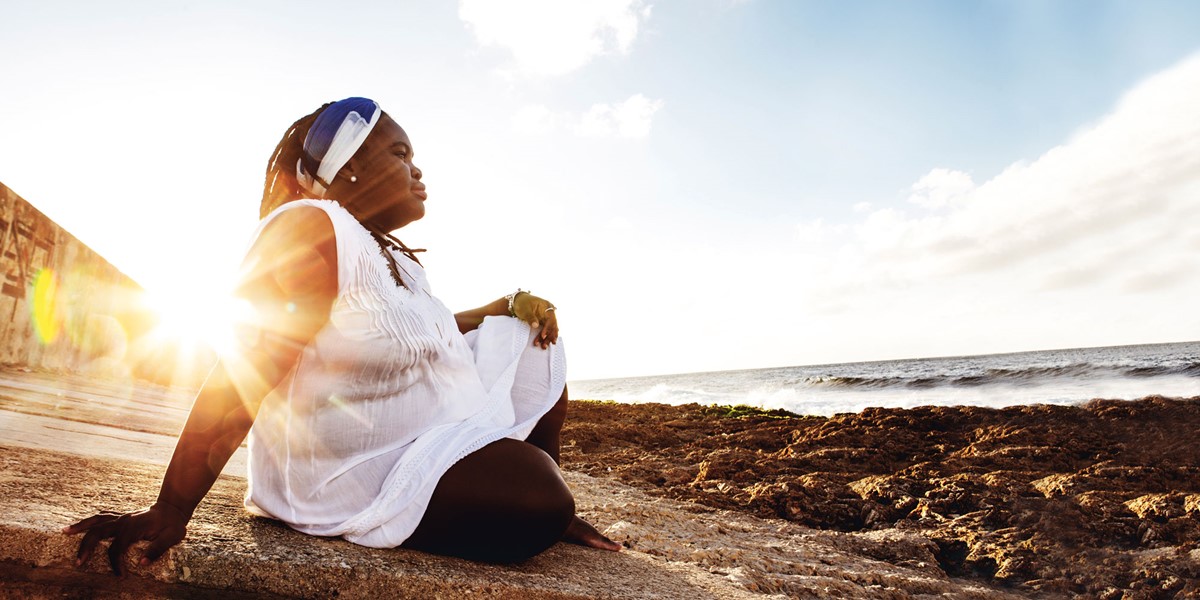Tuesday, December 10, 2019
Daymé Arocena: “I am letting people see inside me with the music”
The young Cuban singer Daymé Arocena has had a rapid rise to fame. She tells Jane Cornwell about her journey so far and her tribute to Santería’s female orishas

(photo: Fabrice Bourgelle)

Register now to continue reading

Thanks for visiting the Songlines website, your guide to an extraordinary world of music and culture. Sign up for a free account now to enjoy:
- Free access to 2 subscriber-only articles and album reviews every month
- Unlimited access to our news and awards pages
- Our regular email newsletters

